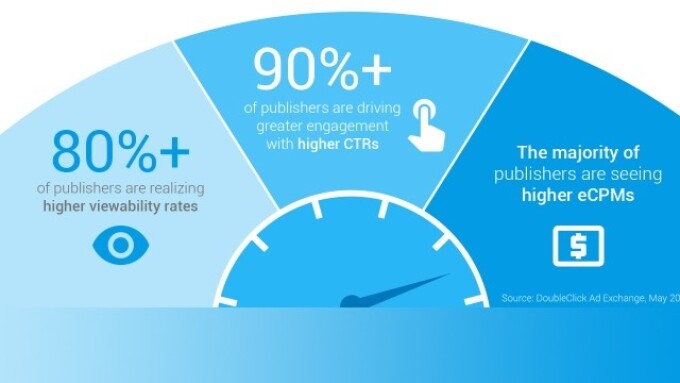LOS ANGELES — The ongoing consumer shift to the mobile internet is creating challenges for website operators that need to streamline their site’s user experience to satisfy the rapid page load demands of today’s users — a speed that reportedly caps out at three seconds.
If your site takes longer than that to load, then say goodbye to many potential prospects who simply will not wait — they will just go elsewhere — a response that hurts publisher’s profits and advertiser’s goals.
Enter the Accelerated Mobile Pages (AMP) Project, which calls itself “an open source initiative that came out of discussions between publishers and technology companies about the need to improve the entire mobile content ecosystem for everyone — publishers, consumer platforms, creators, and users.”
“Today, the expectation is that content should load super fast and be easy to explore. The reality is that content can take several seconds to load, or, because the user abandons the slow page, never fully loads at all,” explains an AMP advocate. “Accelerated Mobile Pages are designed to load instantaneously — they are a step towards a better mobile web for all.”
Launched late last year, the AMP Project has been steadily gaining traction and recently highlighted in an article for SpeckyBoy, which outlined some of the system’s benefits.
A variety of videos, such as this one, are also available to provide an introduction, and in-depth information on the project, including how it can help publishers to get a grip on their mobile audiences.
In broad strokes, the AMP Project can require users to maintain two versions of their site: a full featured desktop version, and a lightweight mobile version.
Custom coding comes into the mix, as does caching through Google’s CDN, the stripping of JavaScript from the mobile version, and restrictions on how files such as style sheets, are formatted and rendered.
“AMP files take advantage of various technical and architectural approaches that prioritize speed to provide a faster experience for users. The goal is not to homogenize how content looks and feels, but instead to build a more common technical core between pages that speeds up load times,” explains the AMP advocate. “In summary, the goal is that the combination of limited technical functionality with a distribution system built around caching will lead to better performing pages, and increased audience development for publishers.”
The results are impressive, with the speed of AMP’d mobile page loads boosted by up to 85 percent, while other benefits include better search engine ranking and access to AMP-supported ad networks.
If you need another reason to bother revamping your website, recent statistics reveal that a one-second boost in page loading speed can yield a 27 percent increase in conversions.
For adult site owners seeking sales and traffic, along with more effective affiliate promotions and more, Accelerated Mobile Pages are a great starting point. To learn the best ways to move forward, click here.








